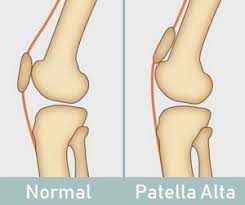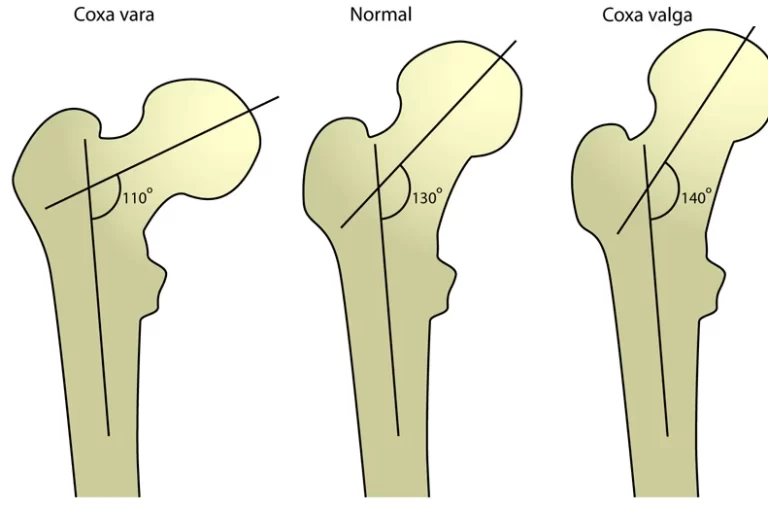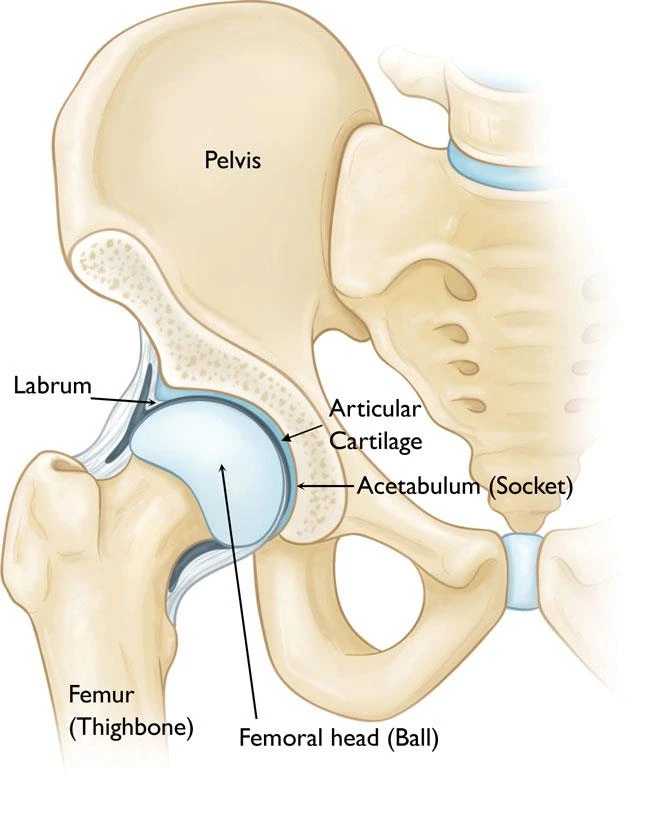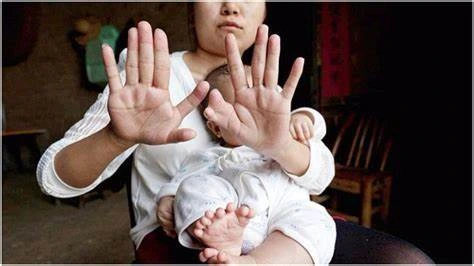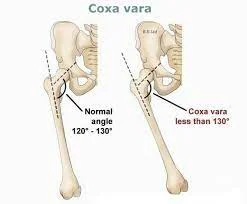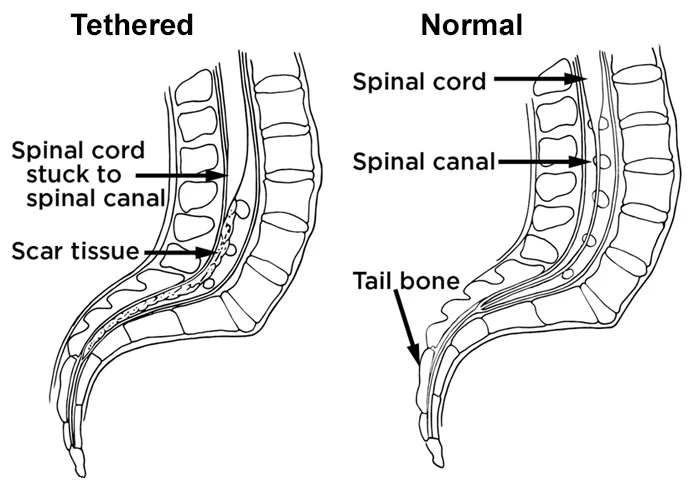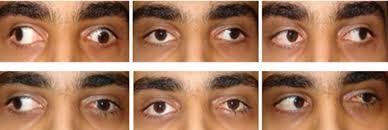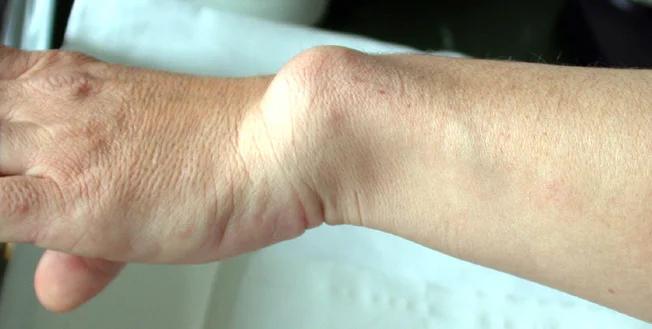Patella Alta
Introduction Patella Alta, also known as high riding patella, is a condition in which the kneecap rides higher on the thigh bone than usual. The knee becomes less stable as a result, making it more prone to dislocation and anterior knee pain. The majority of the time, patella alta is a congenital condition, but it…

